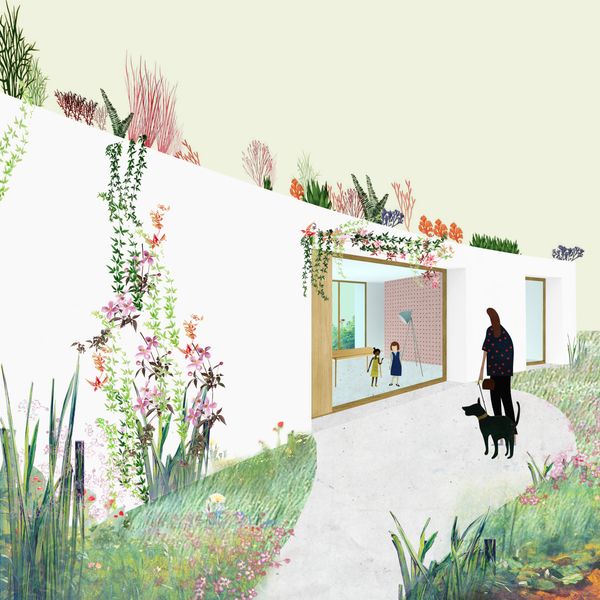Branding and the visual response—How a brand becomes it’s visual identity by Péter Serfőző, is more than just a book about branding. It teaches and guides visual designers not only how to create graphic elements that add value to a business, ensuring their customers are satisfied, but also trains them so they can become better designers. Simple steps lead to professional development—says Péter Serfőző, the author of the book, who is happy to share his experiences gained in education and in his own graphic design studio, the German-sounding zwoelf. The studio’s clientele now includes mainly leading Hungarian startups, and Péter has been able to put the knowledge he’s acquired over the years to good use both as a designer and as an instructor, passing on his knowledge to the next generation. We talked to Péter Serfőző about branding, visual design and the importance of knowledge transfer in regard to his book being published in English.
One of the first questions that surfaced in relation to Péter was how his work as a designer in a graphic design studio and the knowledge of transfer are connected. “I started my teaching career at KREA, and perhaps it was then and there that I became aware of and realized how important knowledge transfer truly is, and the best part isn’t actually the transfer itself, but when you see something take hold, and the process begins. The consecutive works of the students’ keep improving, and you can feel the breakthrough points in their professional development” said Péter.
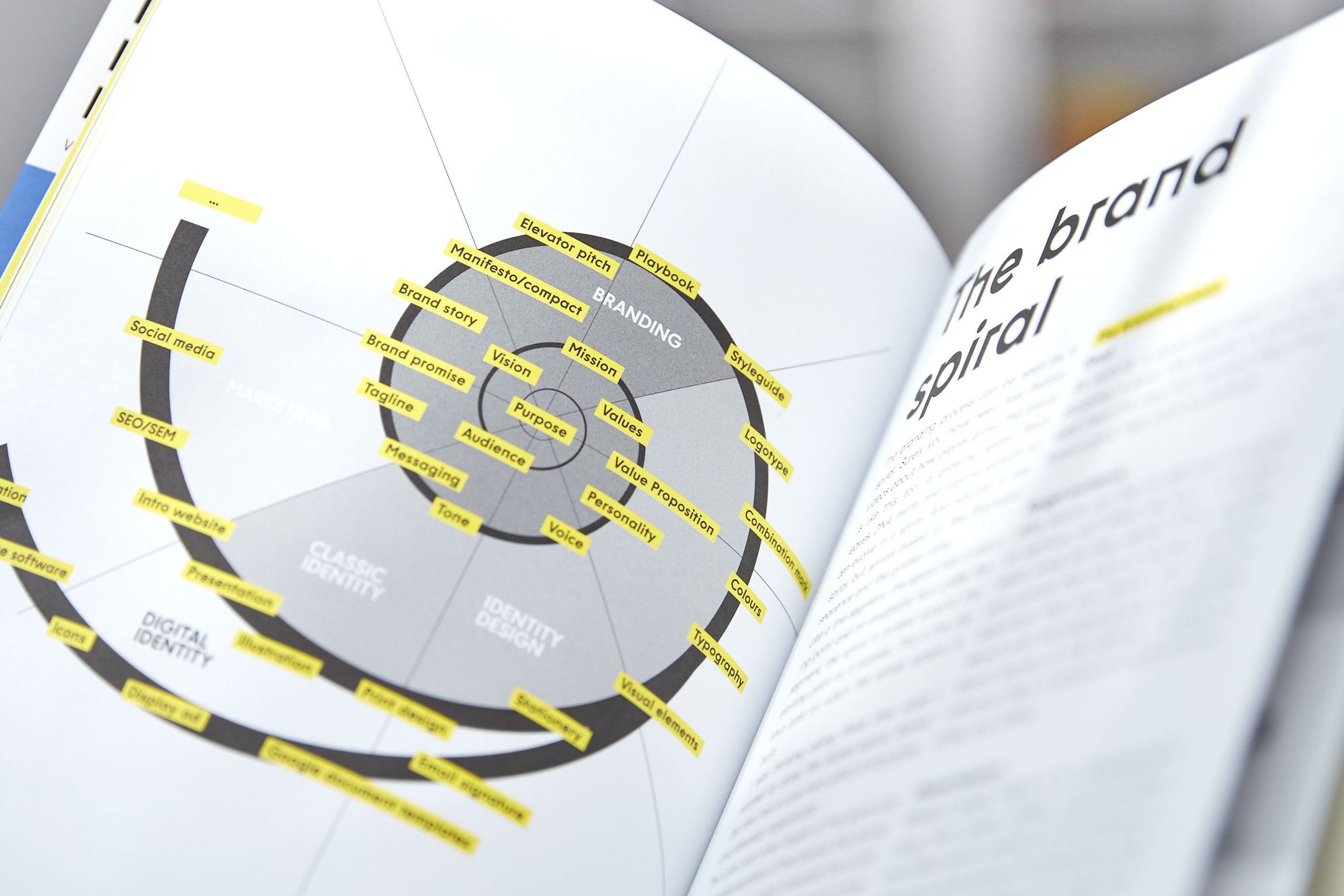
Among other things, we also talked to Peter about what inspired him to launch brandguide and to publish his knowledge as a book. “Initially, brandguide was created as an educational resource for our customers. This can work to a certain extent, but it is actually a more difficult process. We were able to make the professional working atmosphere comfortable for them, however, the overall weight of achieving results is on the shoulders of the designers. After a while, I began to notice that professionals and students were downloading and using the material as well. Essentially, this realization is what kick-started the project, resulting in the publication of the Hungarian edition in November 2020 and the English translation in August 2021” he adds. Preparations are underway for the German edition, and the latest volume focusing on typography, titled Tipográfia—A vizuális kommunikáció alapja (Typography—The Basis of Visual Communication), was launched in November 2021.
“In my home country, the publication received a lot of attention, thanks to zwoelf and my background. However, I’m also looking into options abroad as to where I could get my book published. I recently received an invitation to appear on a podcast in the UK, and based on the feedback we’ve received so far the publication was warmly greeted—thankfully we’ve been getting a lot of positive reviews. Also, although we have more opportunities to distribute the book here in Hungary, the audience is more critical. In this respect, my view is that if the book is loved here at home, then it’s likely to stand its ground abroad as well. So the Hungarian edition acts as a kind of pilot version before ‘conquering’ the international market.”
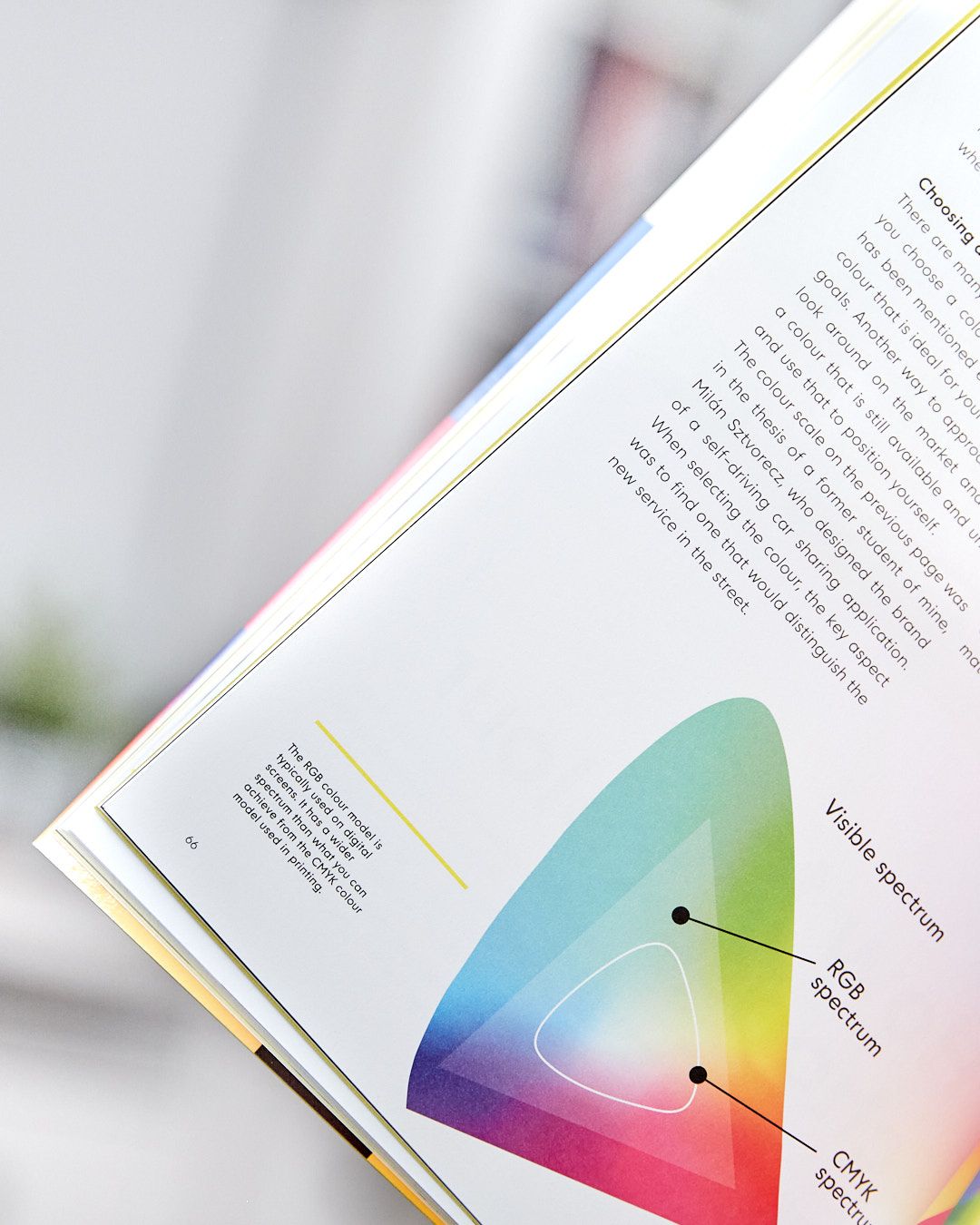
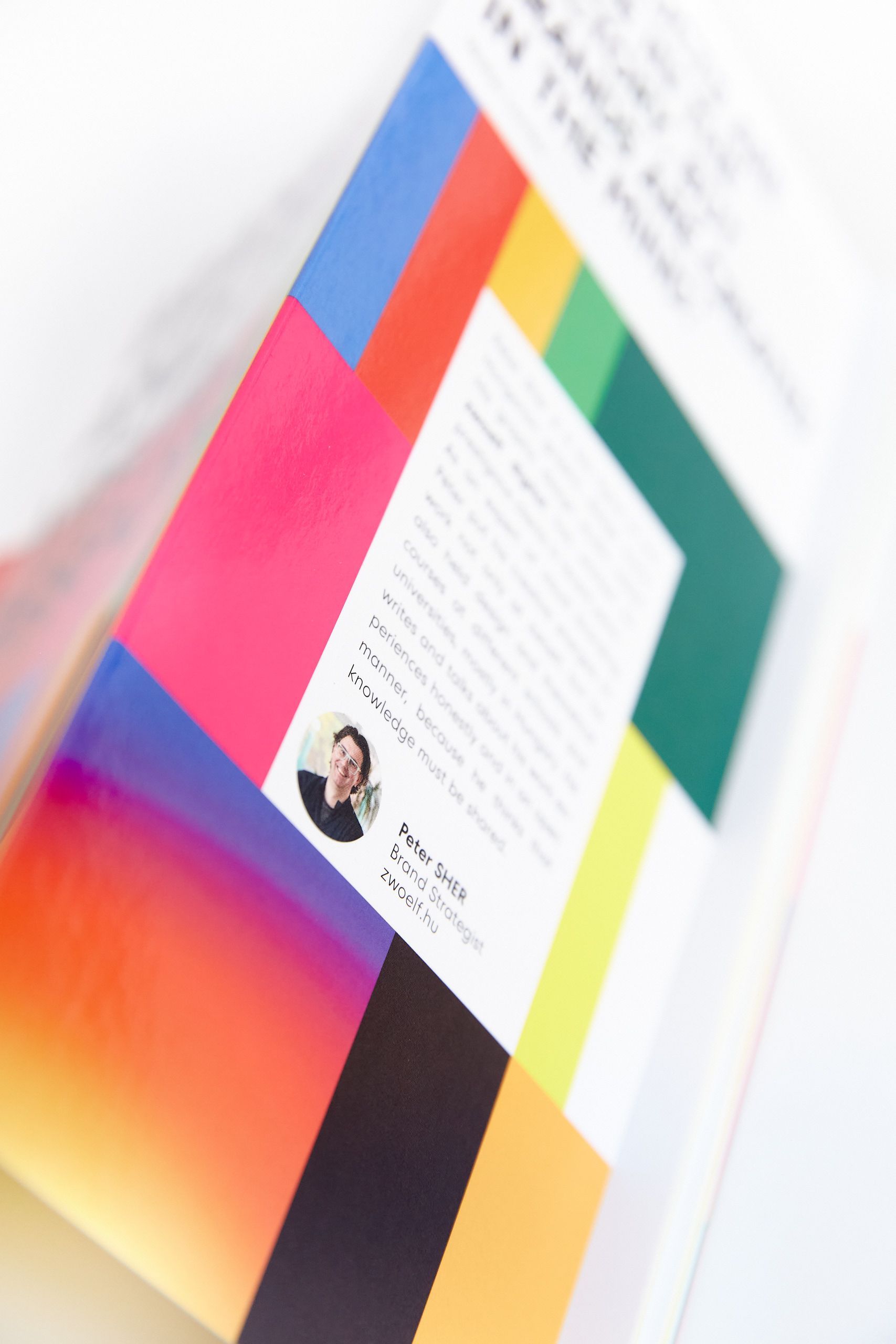

We also asked Péter how many years of professional knowledge were channeled into the writing and editing of Branding and the visual response, his answer was: “Over 15 years. In the last few years, I realized that there was no literature on the subject in Hungarian and I could help with that. I wasn’t able, for example, to give students fresh and relevant materials to read, and this played a major motivation in creating an up-to-date publication available in Hungarian. English is also the main language I use to find information. Fortunately, we have the opportunity to try out ideas we like in the studio, and if they work, then we can incorporate them into our projects. These are experiences I’m happy to pass on. In the past two years, teaching has taken a back seat, so I’ve been able to spend my free time working on books and related projects. We’ll also be launching a brand new website in Hungarian soon—alongside the English version, which will also be updated in the future.”
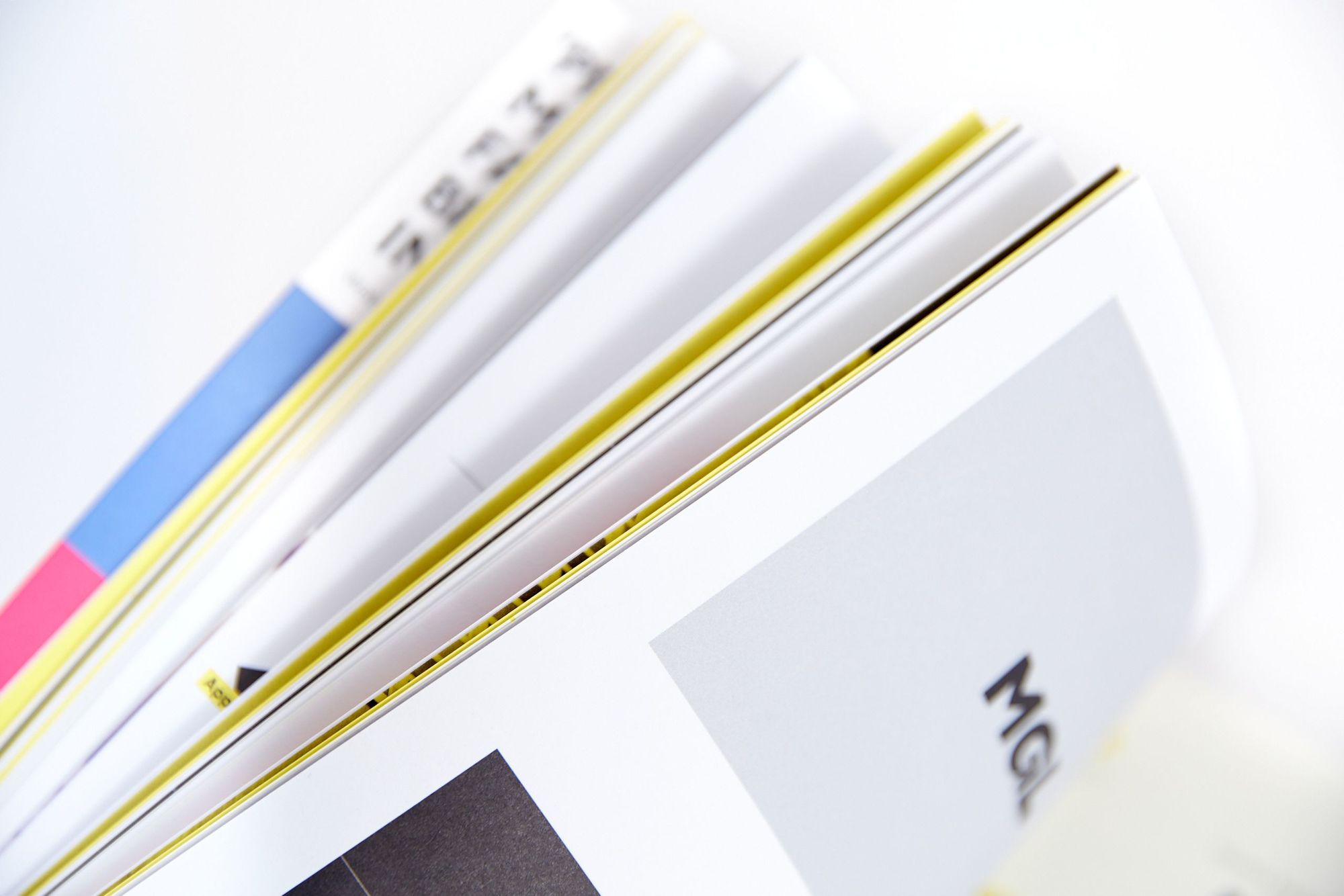
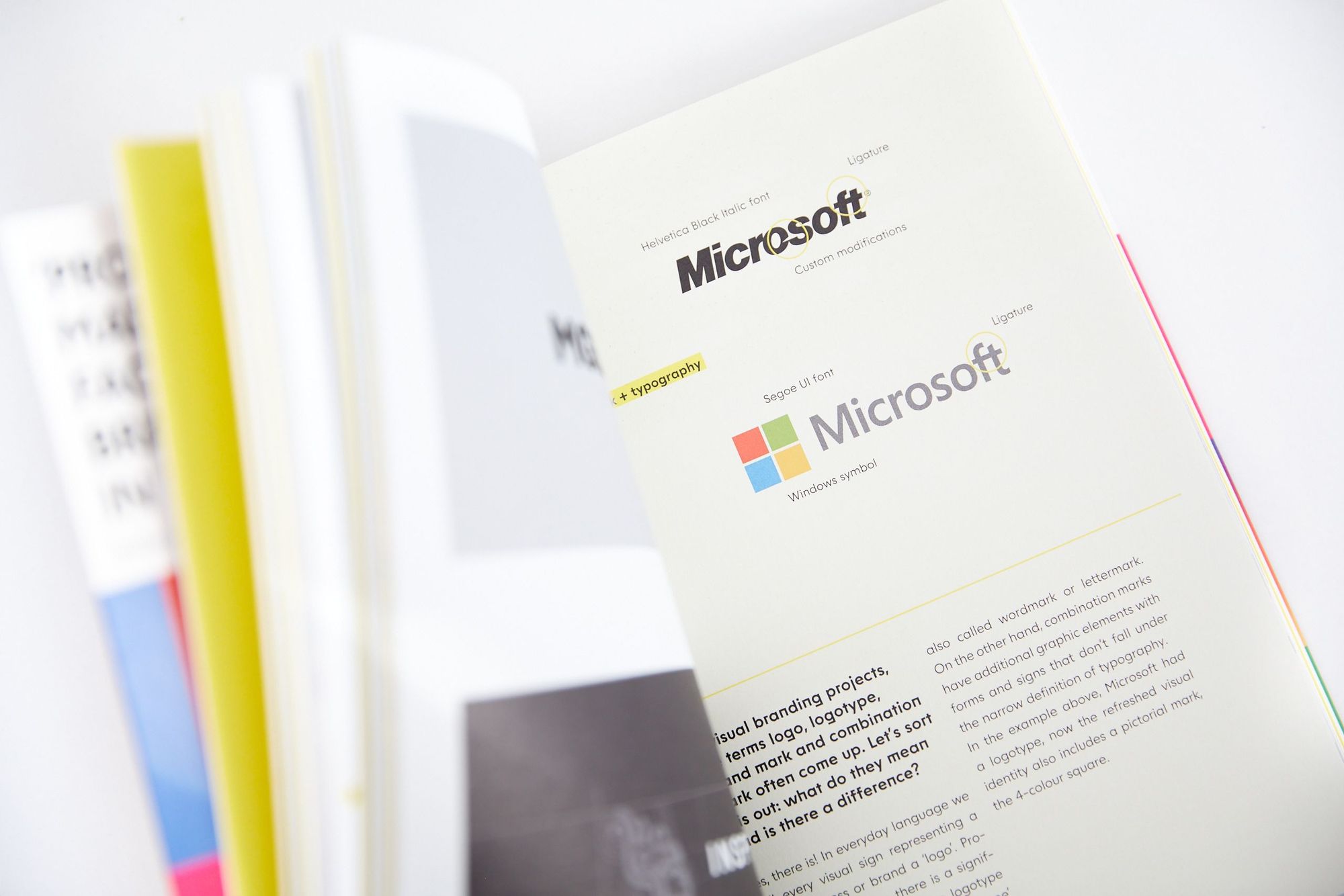
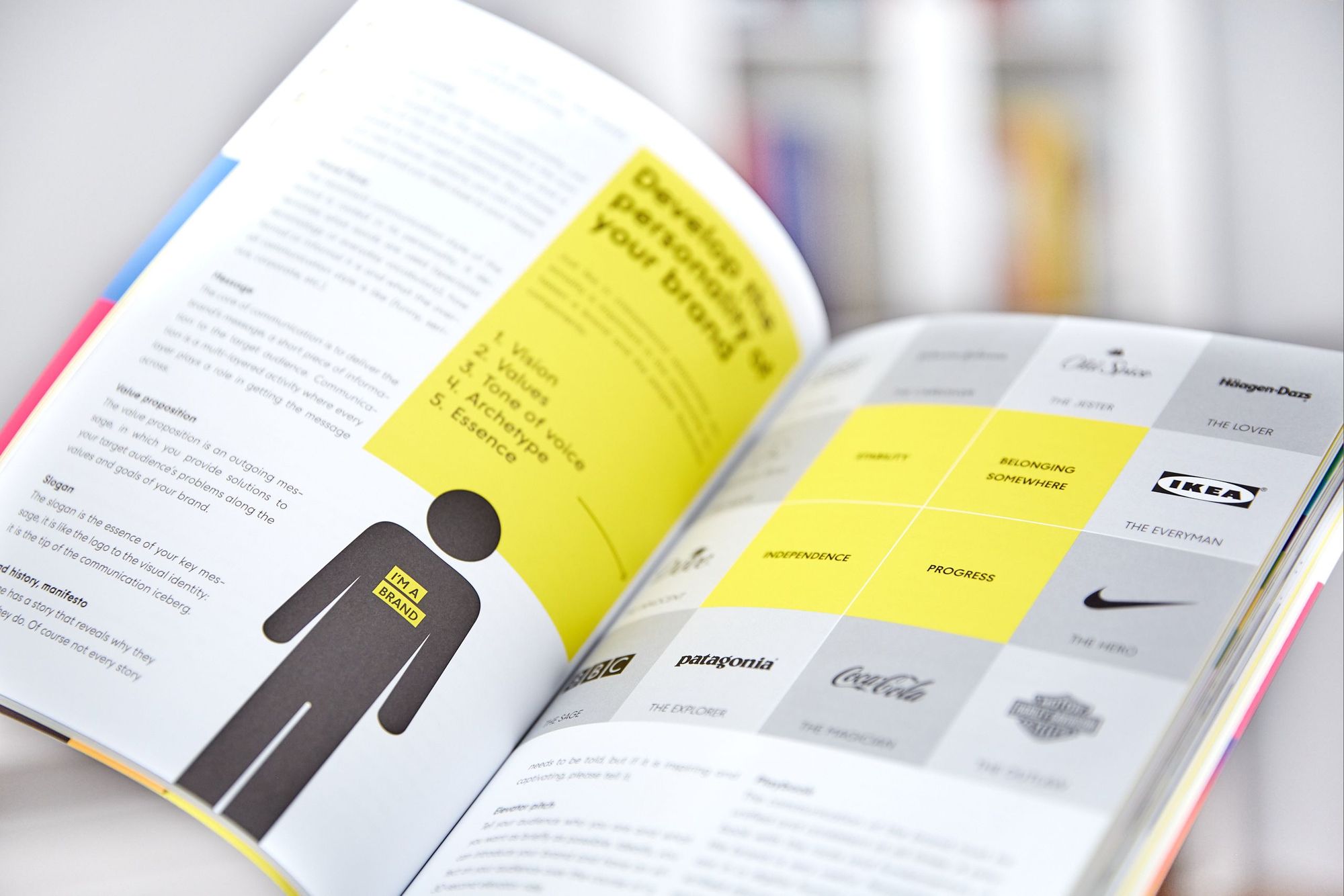
However, breaking into a foreign market is a different story compared to the Hungarian market, as there are far more competing contemporary publications available, all of which we have to compete with. Read on for Péter’s thoughts on the topic: “It is indeed a different story and the competition is much bigger. However, I also read these competing books to stay informed, and they’re unique as they look at branding from a visual perspective, whereas most publications approach branding from a marketing perspective. In the case of Branding and the Visual Response, the book views branding from a different perspective and it speaks to a different audience than the aforementioned marketing-focused materials. This volume is made for designers, is written in their language, and aims to help them navigate the world of marketing and branding. It shines a light on a side of design that many visual professionals overlook or neglect in their work—that they think more in visual conceptual terms and not in strategic or conceptual terms. The book aims to avoid a dry approach to marketing and strategic content, and instead offers a more practical approach to anyone dealing with a brand where visual design is involved. The book’s title—Branding and the Visual Response—also refers to this. The book bridges the gap between strategy and visuality, and this is where the difference and success of the material lies, it’s a niche in the market.”

“The majority of feedback we’ve received has been from designers, as they’re also the primary target audience, but we’ve also had responses from others in the design field, such as interior designers, architects, entrepreneurs hoping to learn, marketing professionals, and students as well. Even PR experts looking to change professions have been interested in the book.” says Peter, who is always happy to receive feedback. The feedback received has truly shown that professionals from all areas are happy to read the book, which can even help them in business development.
It was during the campaign for the international edition, when Peter realized that the book could support its readers in carrying out even more serious projects with a deeper professional insight, laying the foundation for a successful strategy—target audience, values, visions —which then become the most important pillars of brand building. Peter had already experienced the above first-hand in the graphic design studio he founded, so everything written in the book is already tried and tested information.
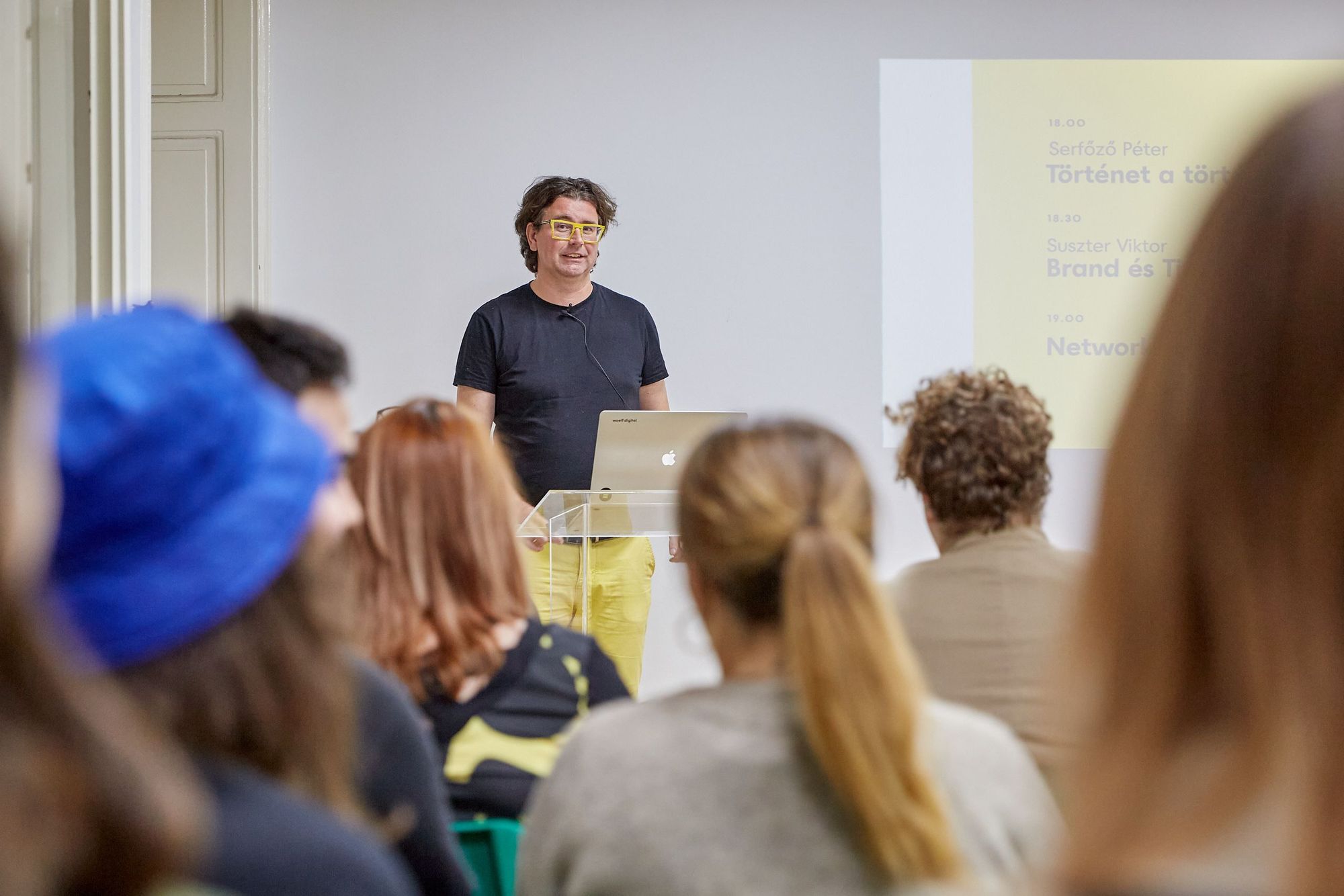
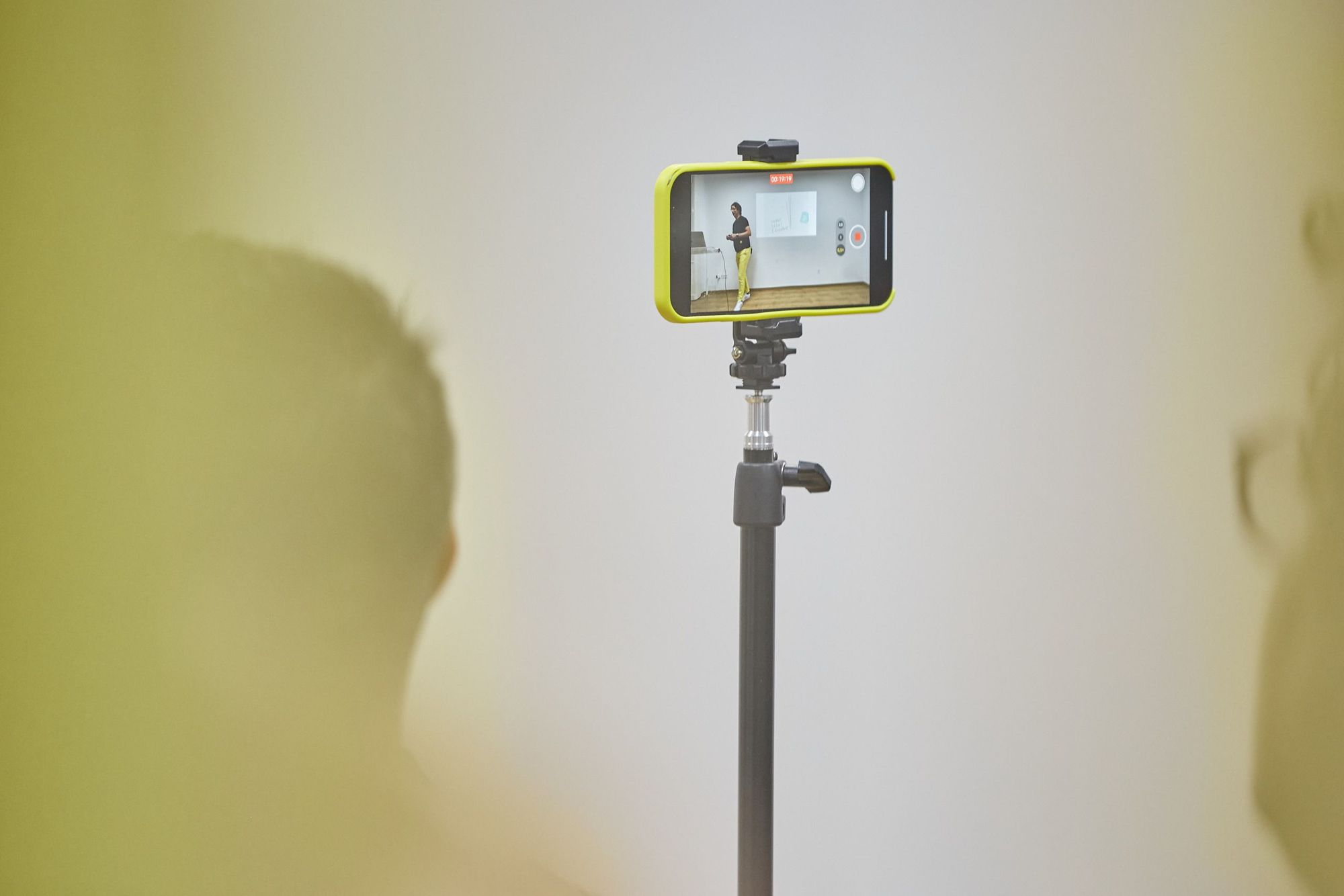
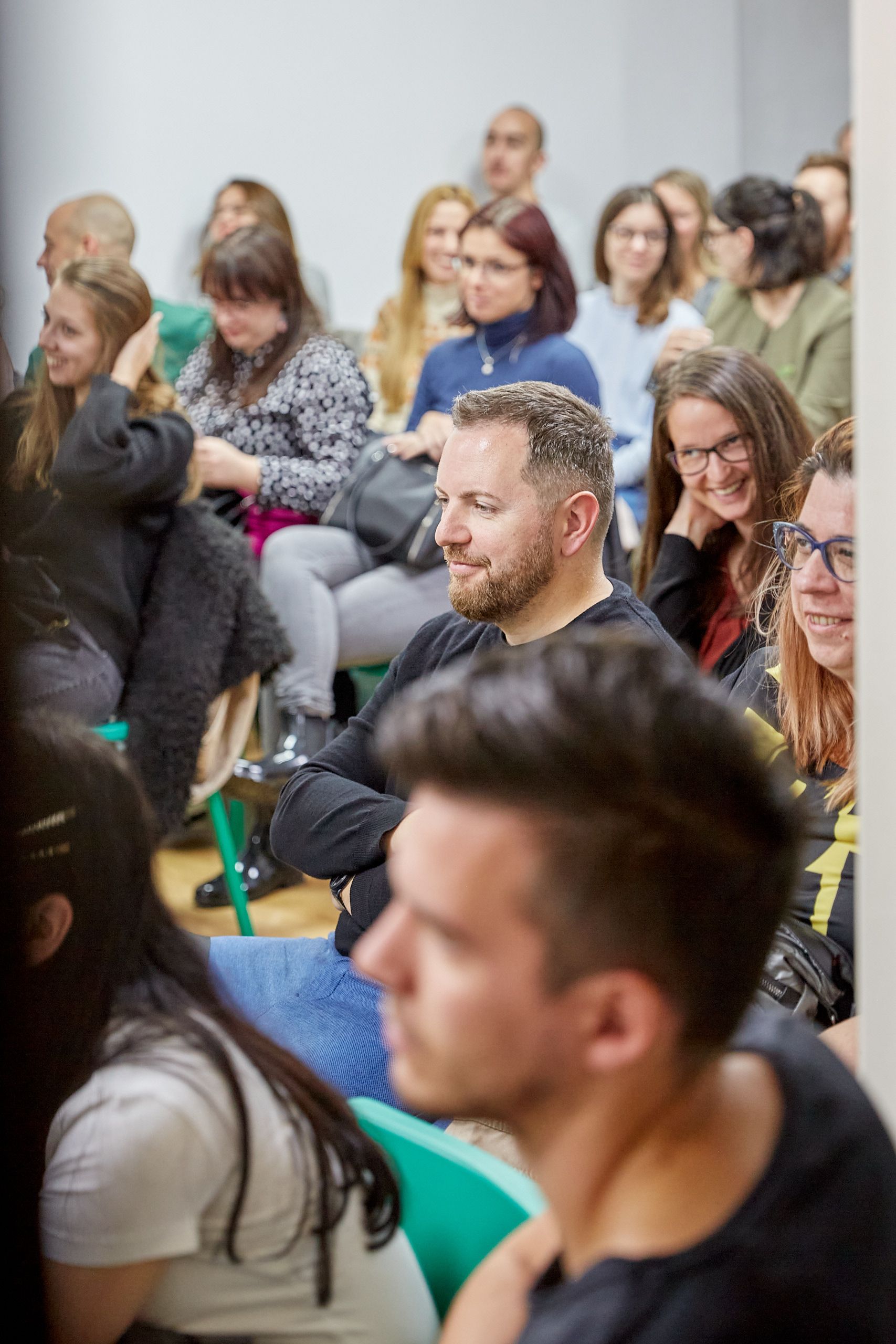
Of course, when it comes to processing the information in the book, the attitude, personality and thoughts of the reader also count, but Péter views sharing his professional experience and the knowledge he’s acquired over almost twenty years as a positive thing. He believes that knowledge transfer is the key to progress. Thanks to the book’s easy-to-read format, and its informative, colorful visuals, the book makes a fascinating read even for those who arrived at the world of branding from afar. It’s a comprehensive yet easy-to-digest read that can open the door to new visions for its readers. Brandguide does not only provide useful information in the form of a book, you should also visit its other platforms. In addition to the website, the Facebook group and Instagram page also host a constant stream of new content. And the brandguide YELLOW designer micro-community, which has just been launched, is a real novelty on the Hungarian professional scene.
The book is available in Hungarian and now also in English.
Photos: Máté Bollók
brandguide.me | Web | Facebook | Instagram
zwoelf | Web | Facebook | Instagram
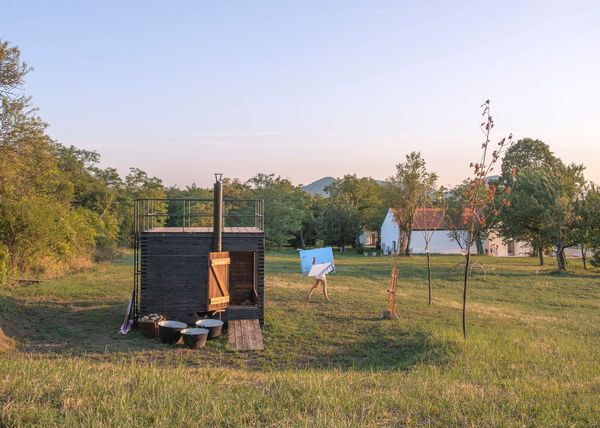
Living the freedom | Short film presents the experimental exhibition of Anna Pakosz
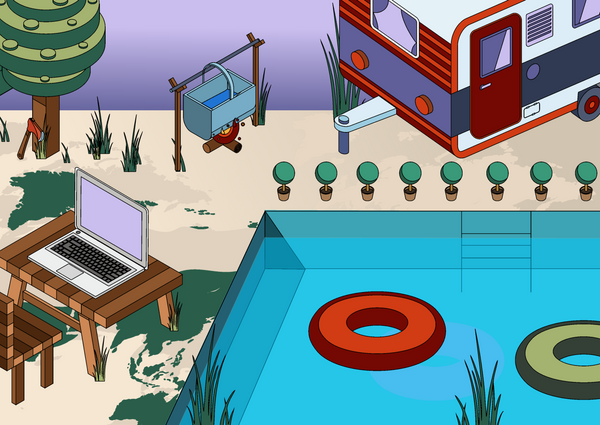
Around the work with a laptop—digital nomads
